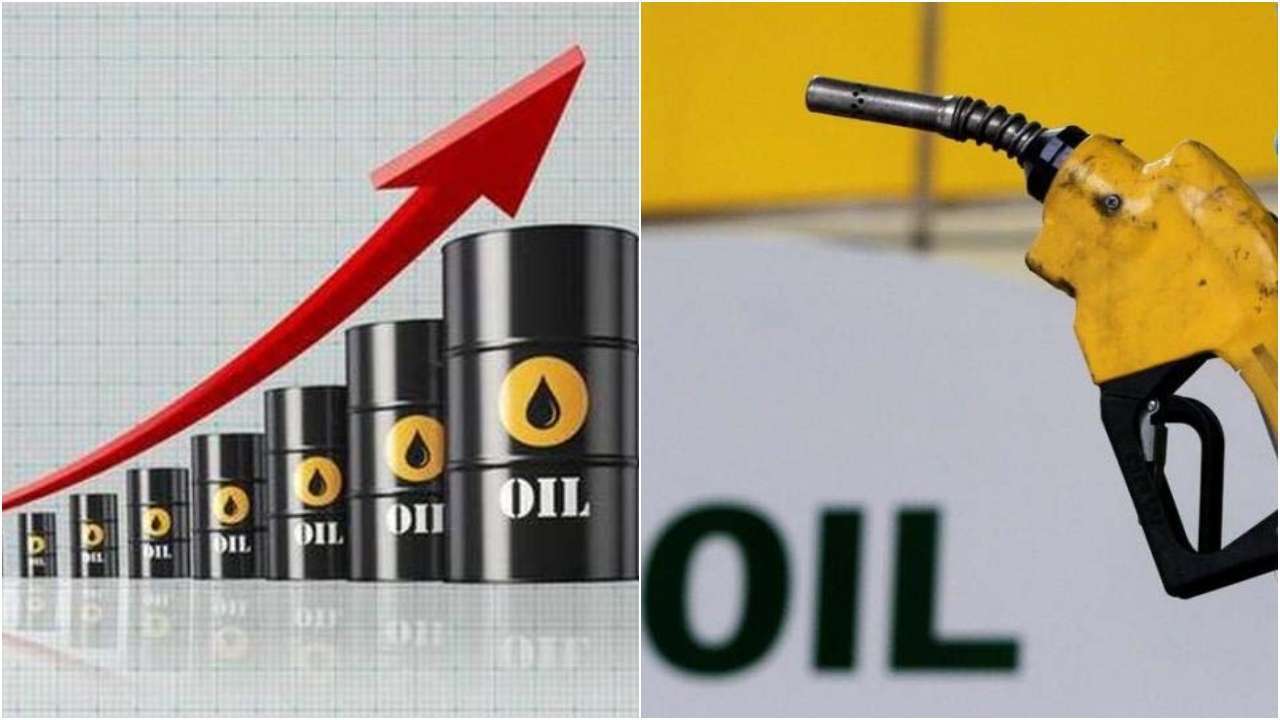Oil prices experienced a sharp surge of over $2 per barrel during early Asian trade on Monday, following an announcement from Saudi Arabia, the world’s leading oil exporter.
The country made a significant commitment to further reduce its oil production by 1 million barrels per day, effective from July onwards.
This development had an immediate impact on the market, as Brent crude futures rose by 3 percent to reach $78.42 per barrel, with a session-high of $78.73.
Additionally, U.S. West Texas Intermediate crude climbed by 3.2 percent, settling at $74.01 per barrel, after hitting an intraday high of $75.06.
The energy ministry of Saudi Arabia issued a statement outlining its plan to decrease output to 9 million barrels per day in July, compared to the approximately 10 million barrels per day produced in May. This proposed reduction in production is considered the most substantial cut in years.

Saudi Arabia’s voluntary commitment to reducing output supplements the broader agreement already in place among the Organization of the Petroleum Exporting Countries (OPEC) and its allies, including Russia. The aim of this collective effort is to restrict oil supply until 2024, thereby supporting and bolstering global oil prices.
OPEC+, the collaboration between OPEC and its non-OPEC partners, plays a pivotal role in the global oil industry, accounting for approximately 40 percent of the world’s crude oil production.
Currently, the group has successfully implemented production cuts amounting to 3.66 million barrels per day, equating to roughly 3.6 percent of global demand.
The unexpected announcement by Saudi Arabia to further reduce production levels has surprised industry analysts, particularly considering that recent adjustments to production quotas had only been implemented a month prior.
ANZ analysts noted that this unexpected move by Saudi Arabia suggests that the oil market is anticipated to become even tighter during the second half of the year.
Crude Oil Prices Soar as Top Exporter Commits Production Cuts
However, it is important to acknowledge that certain adjustments made to production targets may have a limited impact. The group modified the targets for countries such as Russia, Nigeria, and Angola to align them with their current production levels.
As a result, the effect of these adjustments may not be as significant as initially anticipated. ANZ analysts also observed that the United Arab Emirates (UAE) has been granted permission to increase its output, while African nations have had their unused quotas reduced under the new agreement.
The decision by Saudi Arabia to reduce oil production by an additional 1 million barrels per day is expected to have several impacts on the oil market. Firstly, the announcement led to a significant increase in oil prices, as the reduced supply creates higher demand-to-supply ratios. This price surge can have wide-ranging effects on sectors such as transportation, manufacturing, and consumer goods.
Furthermore, the voluntary production cut by Saudi Arabia, combined with the existing cuts by OPEC+ members, is likely to result in tighter market conditions.

This means that the availability of oil will be more limited, leading to intensified competition among consumers for available resources. Tighter market conditions often favor oil-producing countries, allowing them to negotiate higher prices and gain greater control over the market.
The production cut decision also has implications for global oil inventories. Depending on how the cuts align with demand, inventories may either decrease or continue to accumulate. A decrease in inventories could raise concerns over supply adequacy, while continued accumulation may alleviate fears of a supply shortage.
The announcement made by Saudi Arabia to implement further reductions in oil production has had an immediate and notable effect on oil prices.
While the ongoing production cuts by OPEC+ are intended to support and stabilize oil prices, the adjustments made to production quotas and the varying outcomes for different member countries introduce complexities to the overall supply dynamics within the oil market.






